Aurora Mendelsohn
By Aurora Mendelsohn
-

Life When Women Wear Kippahs
This week the Forward delved into the world of yarmulkes or kippahs with “Show Me Your Yarmulke: Everything You Wanted To Know About Jewish Headgear.” Alas, the list concentrated on the style choices of men, mostly ignoring a whole subsection of the kippah wearing public: Women. From the classic doily to pink suede, here are…
-

Opinion Partnership Minyan and the Egalitarian Threat
Mainstream Orthodoxy has been taking pains to publicize its disapproval of partnership minyanim, Orthodox prayer groups where women lead some of the prayers and read from the Torah. Yeshiva University threatened to withhold ordination of a graduating student who held a partnership minyan in his home. Large, leading Orthodox institutions like the Orthodox Union and…
-

Opinion Having It All and Being Good Jew Too
As the season of tightly packed Jewish holidays wound down for another year — after the whirlwind of family dinners, synagogue services and even volunteer shofar blowing on top of the upheaval of a new school year for our children — my husband and I reflected once again on how hard we try to “have…
-
Life The Paradox of the Mechitza
As a rule, my husband and I don’t pray in non-egalitarian settings (or, at the very least, in ones that don’t count women in a minyan). So while I have been following the progress of partnership minyanim with respect and interest for a number of years, I hadn’t participated in one on a Shabbat morning…
-
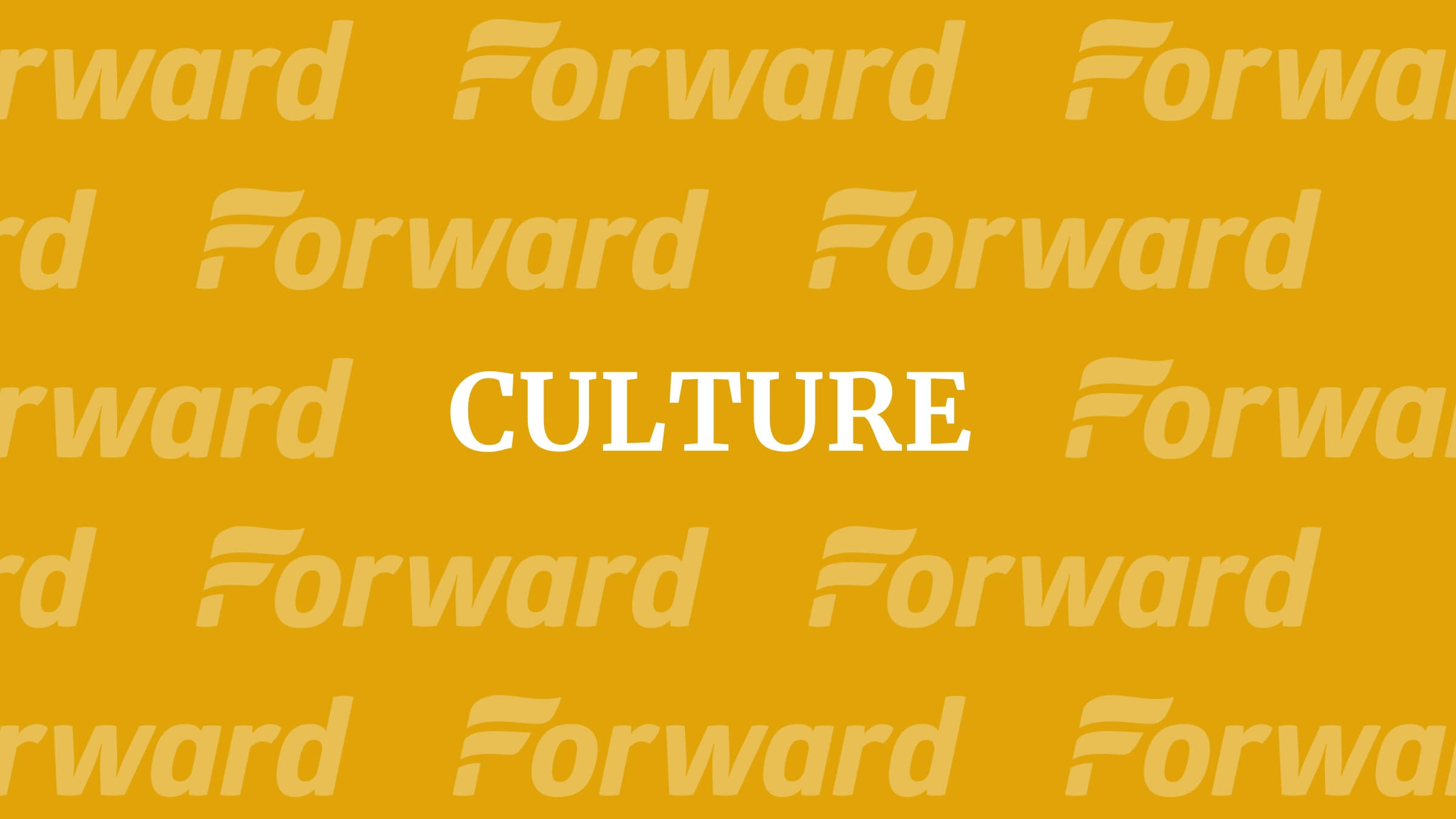
Life The Cost of Attachment Parenting
Like “Big Bang Theory” actress Mayim Bialik, I am an observant Jew, and had my first child while completing my Ph.D. (Mine was in experimental psychology; the actress’ was in neuroscience.) And like Bialik, I endorse and practice many aspects of ‘attachment parenting’: breastfeeding and late weaning, baby-wearing (using a sling), bed-sharing and positive discipline….
-

Opinion School Tuition Should Be Based on Income
Recently, my local Jewish newspaper published its perennial look at how day school tuition is rising faster than inflation. This year’s article featured our only local co-educational Jewish high school, which I attended years ago and to which, due to rising costs, I was unable to send my own children. The resulting polarization of the…
-

Opinion From the Civil War to Our Seders, a Song of Redemption
At every Seder I can remember, our family has sung “Go Down Moses” (“Go down, Moses/Way down in Egypt’s land/Tell ol’ Pharaoh/Let my people go”). As a child I loved it because it was a song in English, and I did not yet know Hebrew. (Most of the fun tunes were in Hebrew.) As an…
-
Opinion ‘Religion Is Actually Spirituality’: An Exchange
Last month, our Jay Michaelson, in a column titled “Religion is Actually Spirituality,” argued that “even the most diehard, hyper-rational, Lithuanian Orthodox, High Reform, or otherwise non- or anti-spiritual religionists perform religious acts because they want to feel a certain way. In other words, religion is a form of spirituality.” Michaelson’s take on the relationship…
Most Popular
- 1

News No Jews allowed: White supremacists are building a segregated community in Arkansas, but is it legal?
- 2
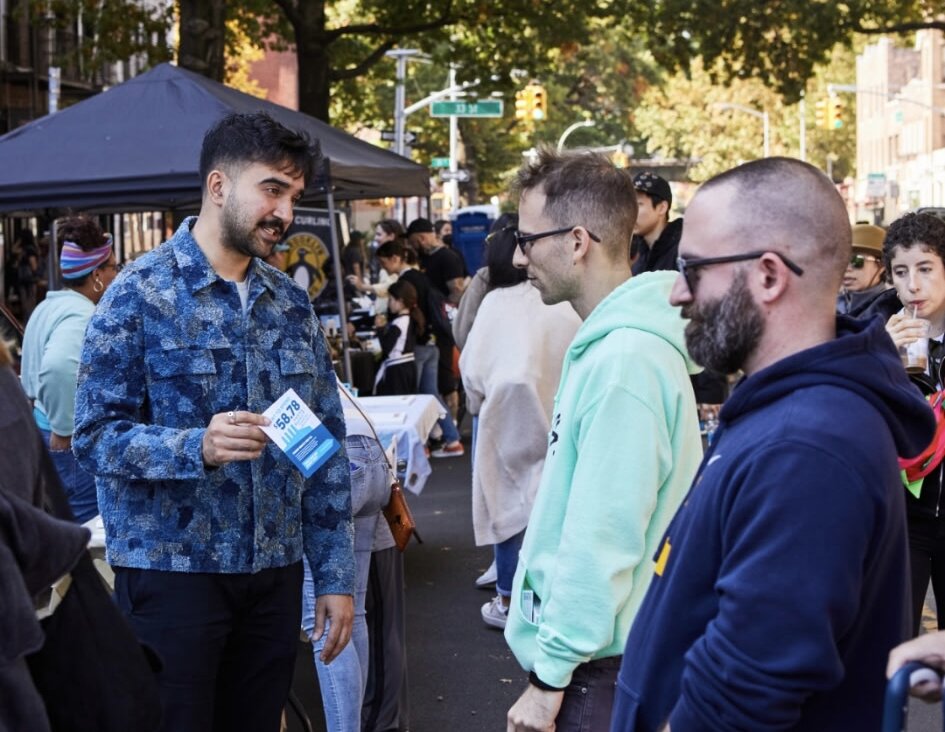
News Zohran Mamdani has represented Astoria’s Jews for 4 years. What do they think of him?
- 3

News Curtis Sliwa has a plan to beat Zohran Mamdani in NYC mayor’s race — and it starts with apologizing to Jews
- 4
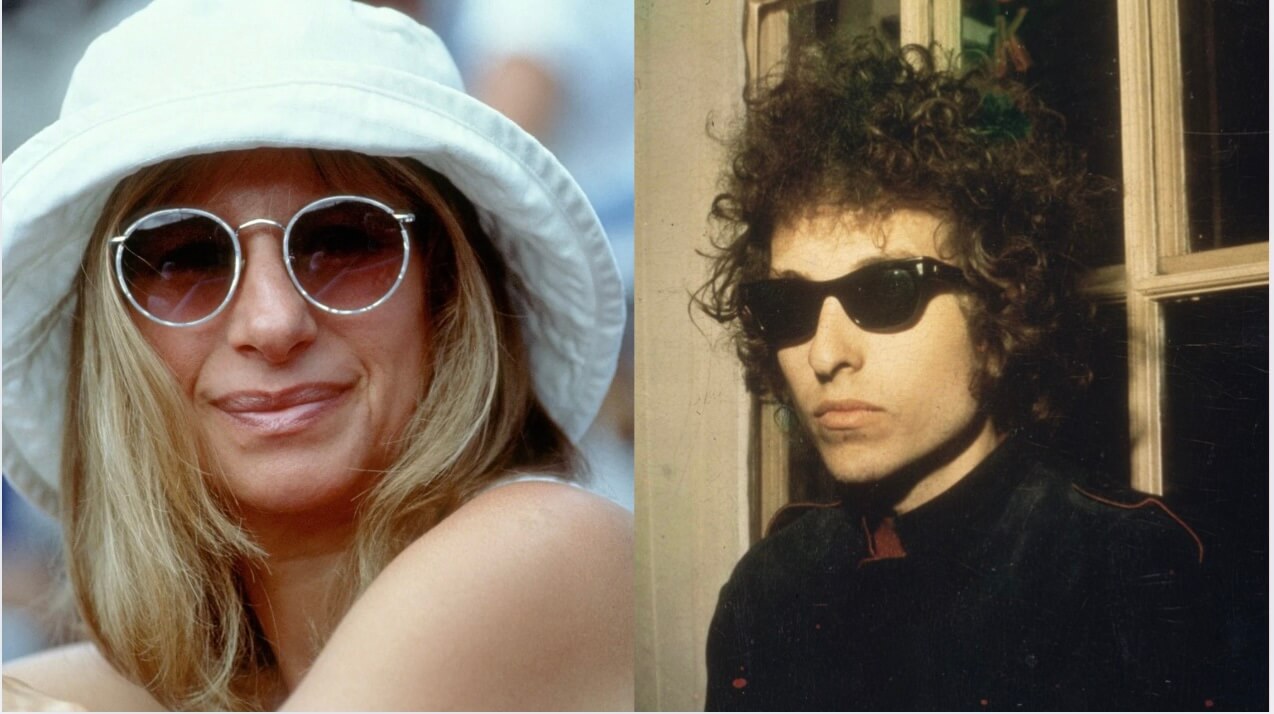
Culture Barbra Streisand’s brand-new duet with Bob Dylan is a whole lot different than you might think
In Case You Missed It
-
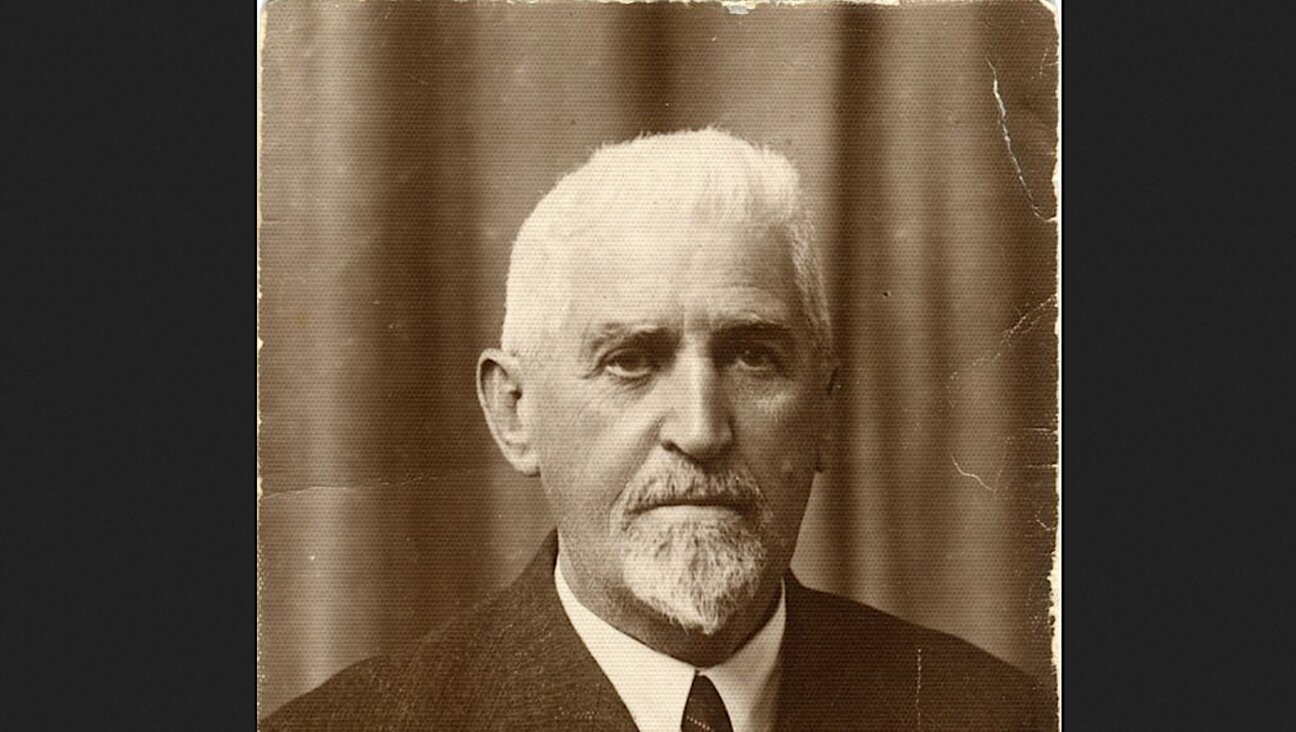
Yiddish דאָקטוירים פֿון אַן אַנדער שניטDoctors of a different sort
די ווילנער דאָקטוירים יעקבֿ וויגאָדסקי און צמח שאַבאַד זענען אויך געווען געזעלשאַפֿטלעכע טוער.
-
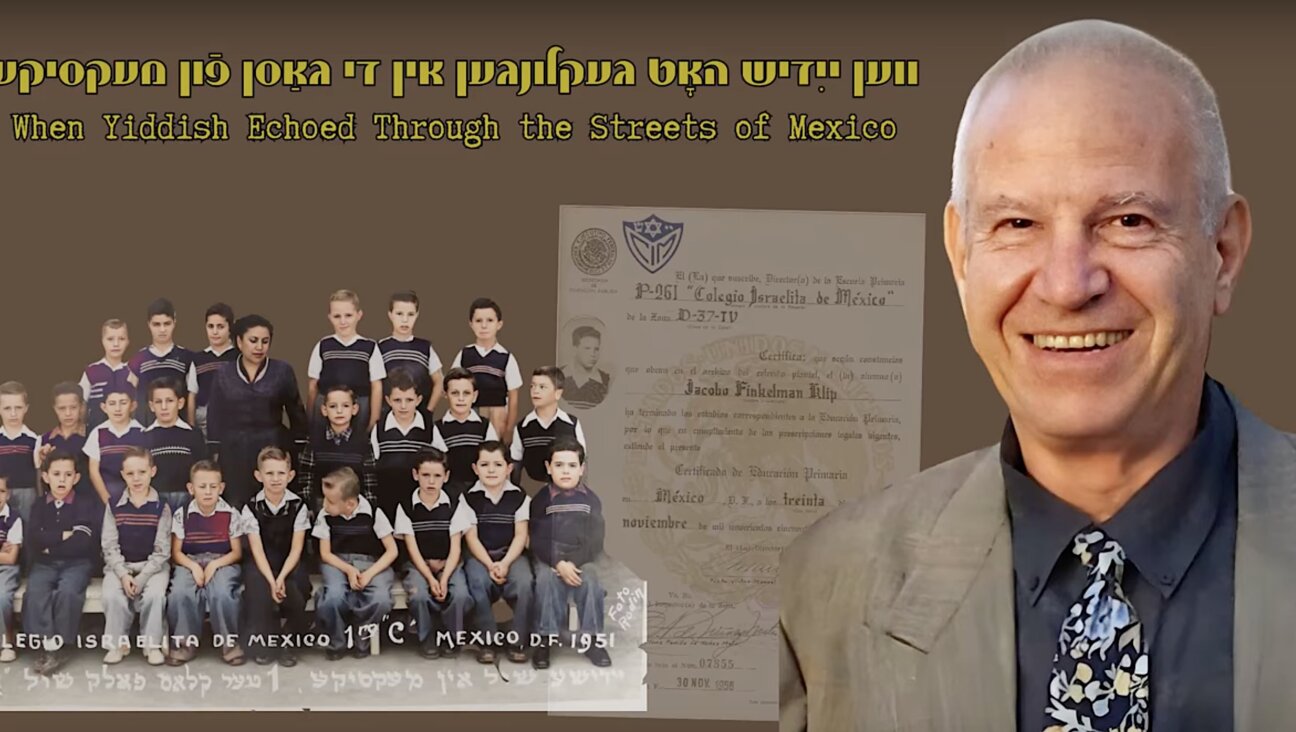
Yiddish ווידעאָ: ווען ייִדיש האָט געקלונגען אין די גאַסן פֿון מעקסיקע VIDEO: When Yiddish rang throughout the streets of Mexico
יעקבֿ פֿינקלמאַן באַשרײַבט אויך זײַן לאַנגיאָריקן פֿאַך — ווי ער האָט צוגעשטעלט וויסן אין טעלעקאָמוניקאַציע איבער דער וועלט
-

Opinion Want to understand what’s wrong with the ‘pro-Palestine’ movement? This Palestinian can help
-

Fast Forward Boulder firebombing suspect’s family can be deported, court says
-
Shop the Forward Store
100% of profits support our journalism







